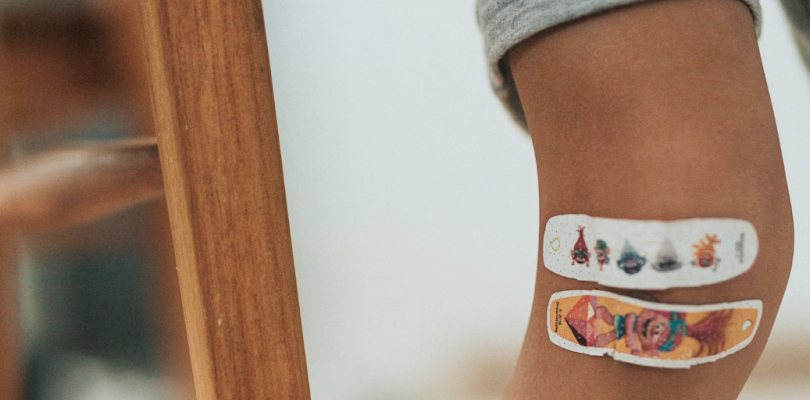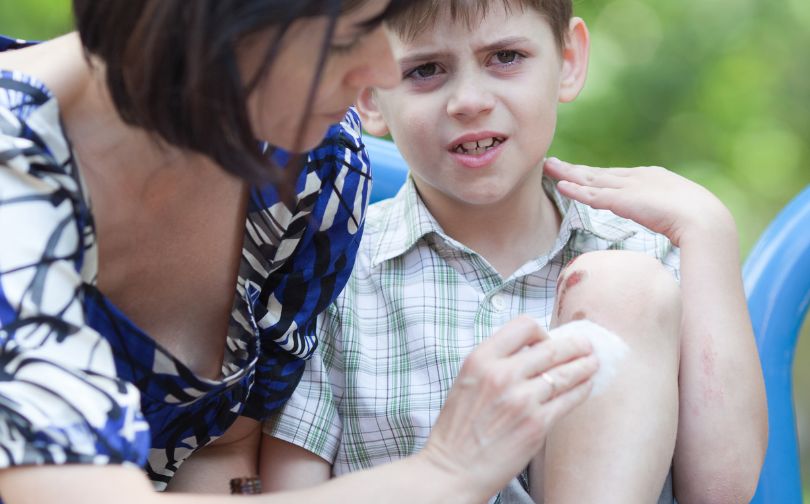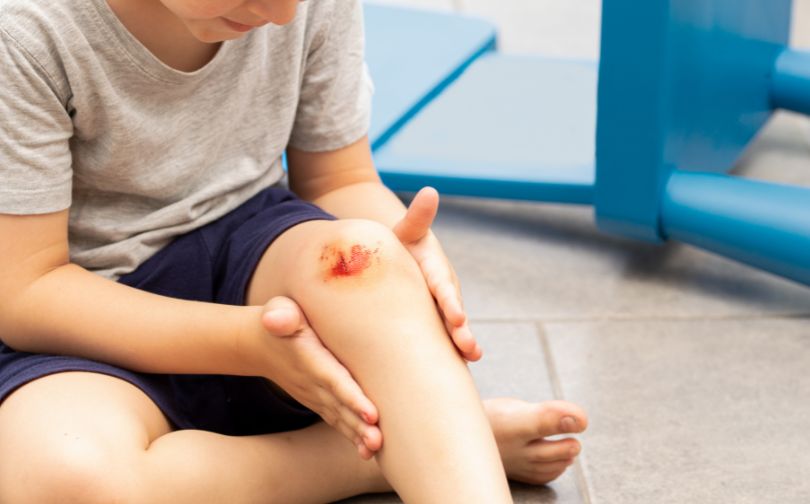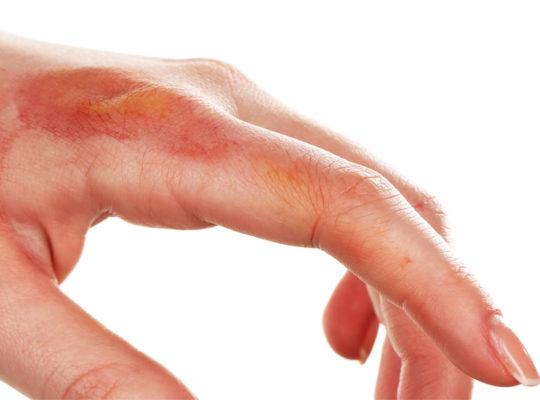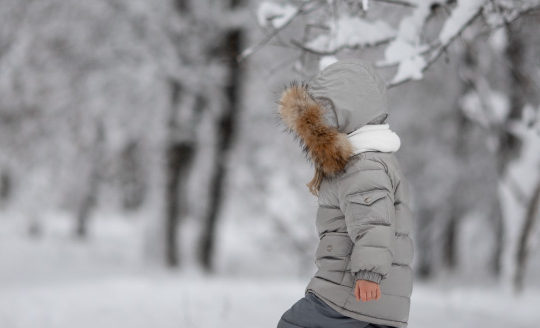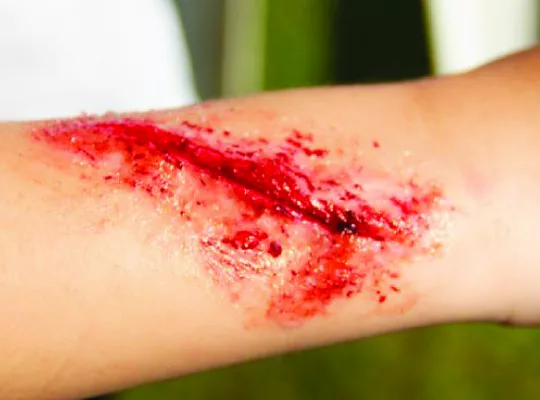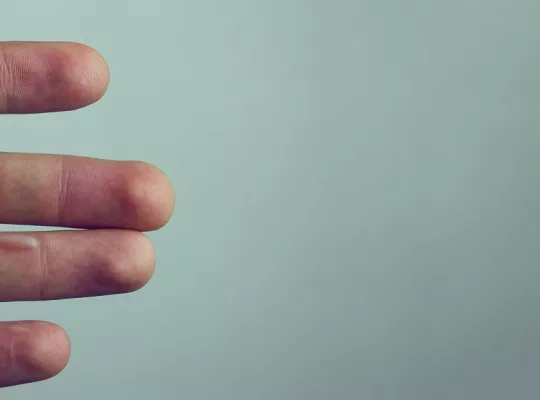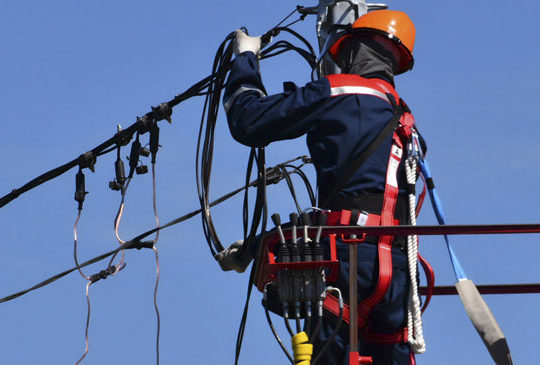A scraped knee can seem minor, but it’s often painful and messy. Whether it happens during a fall at the playground, a bike ride, or a simple trip and tumble, these injuries are common for both kids and adults. Yet, the discomfort and risk of infection can turn this small issue into a bigger concern if not addressed properly.
Did you know that open wounds like scraped knees can become infected within hours if not cleaned and treated effectively? This underscores the importance of acting quickly and confidently to protect the healing process.
In this guide, we’ll cover simple yet effective steps to treat a scraped knee, reduce discomfort, and encourage proper healing. Whether you’re dealing with a scraped knee now or want to be prepared for future accidents, this guide will equip you with everything you need to know.
What’s a Scraped Knee?
Scraped knees are often the result of unexpected mishaps during physical activities or everyday movements. They are almost a rite of passage for children whose boundless energy and curiosity propel them into various activities. Whether it’s a misjudged jump from a swing, a stumble while playing tag, or a spill while learning to ride a bike, the scenarios leading to scraped knees are diverse.
In these moments, the body’s natural response to sudden impact or pressure against the skin is to protect itself, often by bracing for impact or instinctively attempting to break a fall. However, despite the body’s innate defense mechanisms, the force of the fall, coupled with the abrasive nature of surfaces like concrete, asphalt, and rough terrain, can result in friction-induced injuries.
When this happens, the outer layers of skin get scraped away as it comes into contact with these surfaces, leaving painful abrasions. Depending on the intensity of the impact and the surface involved, the abrasions can vary in severity, ranging from minor scrapes to deeper wounds that may need medical attention.
Understanding how scraped knees occur underscores the importance of taking preventive measures and practicing caution during physical activities, particularly for children more prone to such accidents.
Treatment for a Scraped Knee
Treating a skinned knee is crucial for alleviating pain and preventing infection. When dealing with this common injury, prompt and effective action is essential. Here’s a step-by-step guide on how to treat a skinned knee:
- First, assess the area around the knee for signs of more severe injuries, such as bone, joint, or ligament pain. If any concerning symptoms are noted, seeking medical attention is advised.
- Next, the wound should be cleaned thoroughly. Hands should be washed before touching the skinned knee. Gently cleanse the area using antibacterial soap and cool water. Or, just use the antibacterial spray. For small children who may resist sitting still, wet cotton buds or balls are recommended for a more controlled cleaning process. Providing distractions, such as a favorite toy or a video, can help keep them calm during this step.
- After cleaning, the area should be gently patted dry with gauze or a clean cloth, using a light touch to avoid causing additional pain. If any embedded dirt or gravel is observed in the wound, rinsing the area again to ensure thorough cleanliness is necessary.
- Once dry, a thin first-aid antibiotic ointment should be applied to the skinned knee. Ask the local pharmacy for medication that can provide added pain relief and healing properties. This ointment helps maintain moisture in the wound, which promotes healing.
- Cover the skinned knee with an adhesive bandage or gauze to protect it from further irritation and contamination. Studies have shown that covered wounds tend to heal faster than uncovered ones, and the moisture the covering provides can help prevent scarring.
- After 24 hours, the wound should be checked for any signs of infection, such as increased redness, swelling, or discharge. This process should be continued for about a week, ensuring the knee remains clean and protected throughout the healing process.
By following these simple steps, individuals can effectively treat a skinned knee, enabling them to return to their usual activities with minimal discomfort.
Risks of Scraped Knees
Skinned knees, though common, can lead to complications if not handled carefully. Minor scrapes might not seem serious, but deeper wounds pose risks.
The main danger is infection. When the skin breaks, bacteria can enter, causing pain, redness, swelling, and discharge. If ignored, infections can spread and become severe. Deeper skinned knees, exposing bone or tendons, are more problematic. Without proper care, they can take longer to heal and may scar. Sometimes, surgery is needed to fix them.
Skinned knees from rusty or dirty objects can lead to tetanus, a severe bacterial infection. It is crucial to keep wounds clean and stay up-to-date on tetanus shots.
Even minor skinned knees need attention. Cleaning well, watching for infection, and seeking help can prevent complications and aid healing.
How Can I Prevent Scraped Knee in the Future?
Preventing scraped knees requires a mix of protective gear, safe habits, and awareness. Wearing proper clothing, such as knee pads during activities like cycling or skateboarding, creates a barrier against rough surfaces. Sturdy shoes with good grip also stabilize movements and reduce slipping.
Be mindful of your surroundings. Uneven sidewalks, gravel paths, or cluttered areas can increase fall risks. Keep walking and play areas clear of debris, and if supervising children, teach them to navigate obstacles safely. Extra caution is necessary in wet or icy conditions, where surfaces are more slippery.
Practicing safe habits is essential. Encourage children to avoid running in risky areas, and for adults, warming up and stretching before physical activities improves balance and coordination. Paying attention to posture and movement helps you stay steady on your feet.
Lastly, building physical strength and balance reduces the risk of falls. Exercises focusing on stability and coordination can make a big difference in preventing injuries.
Summary
Scraped knees are a common occurrence, especially among active children. Despite often being minor, these injuries can cause discomfort and require proper care to heal and prevent infection. Effective management of scraped knees is crucial for promoting comfort and reducing the risk of complications.
Additionally, awareness of the risks associated with scraped knees underscores the importance of vigilant wound care. Seeking timely medical attention can prevent infections. By following these guidelines and staying proactive in wound management, individuals can ensure prompt healing and reduce the likelihood of complications.
It’s crucial to monitor the wound for signs of infection and seek medical attention if necessary. Prompt intervention can prevent complications and promote optimal healing. Moreover, practicing good hygiene and ensuring up-to-date tetanus vaccinations can further mitigate the risks associated with scraped knees. By taking proactive steps and prioritizing wound care, individuals can minimize the impact of scraped knees and facilitate a smooth recovery process.
FAQs
How Do I Stop the Bleeding From a Scraped Knee?
To stop bleeding from a scraped knee, apply gentle pressure using a clean cloth or gauze. Elevate the injured leg to reduce blood flow. If the bleeding doesn’t stop after a few minutes, or if it worsens, seek medical attention for proper care.
When Should I Change the Bandage on a Scraped Knee?
Change the bandage at least once a day or when it becomes wet or soiled. Inspect the wound for any signs of infection, such as swelling or pus. Keeping the scrape covered helps reduce the risk of infection and aids in faster healing.
What Are Signs of Infection in a Scraped Knee?
Signs of infection in a scraped knee include increased redness, swelling, warmth, pain, and pus discharge. A foul odor and fever may also occur. If these symptoms appear, consult a healthcare professional immediately to avoid complications and ensure proper treatment.
Can I Leave a Scraped Knee Uncovered?
It’s typically best to keep a scraped knee covered until a scab forms to protect it from bacteria and dirt. Once the wound is dry and the scab is secure, you can leave it uncovered, but avoid exposing it to dirt, friction, or excessive moisture.

